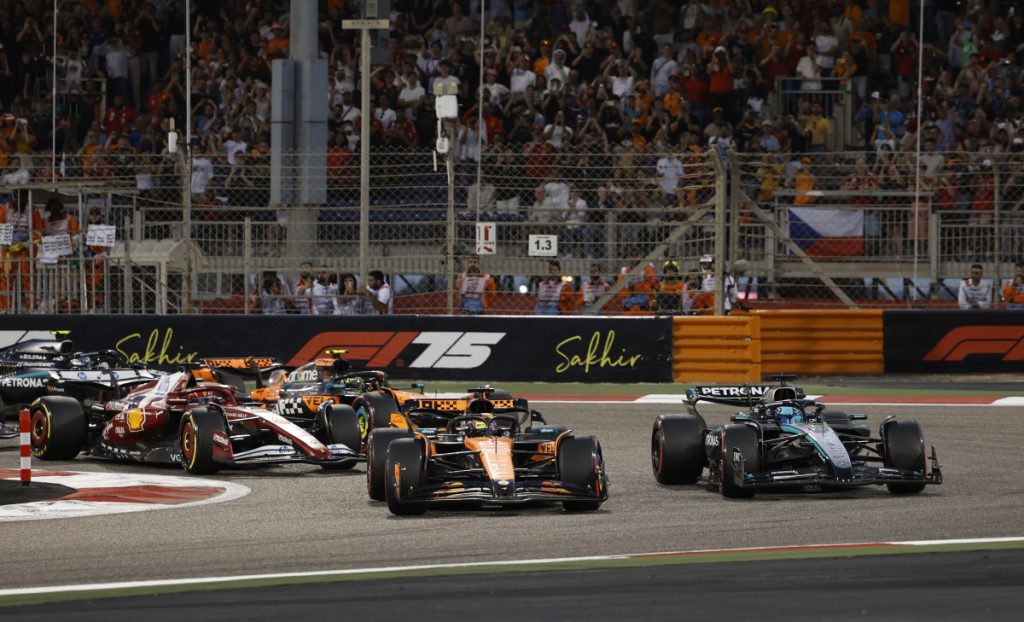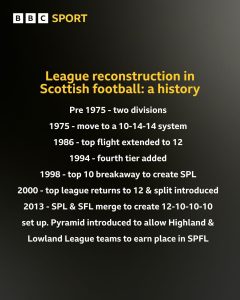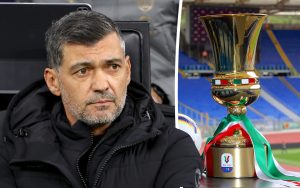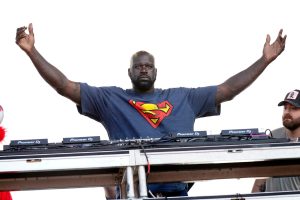The crash is only the beginning. Behind every wreck and flying debris lies a rapid-fire sequence of decisions, technology, and human instinct—all designed to save lives in the pinnacle of motorsport—Formula 1.
As F1 photographer and paddock insider Kym Illman explains, what unfolds in the seconds after an F1 crash is a coordinated ballet of precision. From the moment carbon fibre hits concrete, sensors inside the car measure G-force. If the impact reaches 15Gs or more—15 times the force of gravity—the driver is automatically required to visit the medical center. Even if they hop out looking fine, there’s no debate; a medical check is mandatory.
Race Control acts within seconds, analyzing live telemetry and onboard footage to assess the crash. They decide whether to trigger yellow flags, the Virtual Safety Car, deploy the full Safety Car—or, in extreme cases, throw the red flag.
Meanwhile, the F1 medical car is already waiting with its engine running. Driven by ex-racers Carl Reindler or Bruno Correia and carrying one of three rotating F1 doctors, the car is kitted with live tracking screens showing the car’s position, impact severity, and driver vitals. If dispatched, it tears onto the track, chasing seconds that could mean the difference between life and death.
At the scene, marshals—trained and ready— rush forward. But they don’t act until given flag instructions. If needed, the medical car driver jumps in, clearing paths or assisting extraction efforts. Surprisingly, many drivers walk themselves to the medical car unless they’re too injured—part adrenaline, part protocol.

One vivid example: Lando Norris’s terrifying 30G crash during Saudi Arabian qualifying. Despite the brutal force, he emerged shaken but uninjured. Illman, stationed nearby, recalled how Norris’s crew mistakenly rushed to the wrong medical center in the confusion. Eventually, Norris rode back on a golf cart, sore but joking with McLaren boss Zak Brown before media duties.
In rare severe cases, like Mick Schumacher’s 2022 Saudi crash, a medical helicopter is on standby to evacuate a driver within minutes. But in events like Shanghai 2017, when fog grounded the chopper, even practice sessions were suspended—safety takes precedence over schedule.
Modern F1 safety tech is relentless. Biometric gloves now track a driver’s oxygen levels and heart rate. Every Friday, medical crews rehearse mandatory extrication drills, simulating emergency rescues to ensure readiness. Failure to meet these standards can result in serious consequences for any Grand Prix.
Mick Schumacher will miss the Saudi Arabian GP after a huge accident in qualifying.
That Mick is physically well after the crash is another reminder of the strength and safety of modern F1 cars for which we are incredibly thankful#SaudiArabianGP#F1pic.twitter.com/qhLcw0elb7
— Formula 1 (@F1) March 26, 2022
Once the driver is safe, attention turns to the car and track. Marshals clear debris, often using cranes or flatbeds. If barriers are damaged—as with Sergio Perez’s massive Monaco crash—repair crews jump into action. Meanwhile, rival teams often dispatch photographers to snap shots of the exposed underside of wrecked cars—gleaning precious tech secrets. Marshals sometimes shield these machines from view, although technically, no rules prohibit the photos.
Even the medical car has its own quirks. It has a pit crew, burns through multiple sets of tires each weekend, and according to Reindler—offers a strange thrill of overtaking F1 cars on duty. Not quite the Grand Pirx podium, but a unique slice of racing glory.
Not all crashes are created equal. A direct wall hit is far more dangerous than a dramatic rollover. As Illman notes, Zhou Guanyu’s upside-down slide at Silverstone 2022 looked terrifying but caused less harm than Alex Albon’s seemingly minor pit wall hit that day.
Insane fan footage of the Silverstone crash. Zhou’s car ends up right next to them 😮
🎥 ted_meagher98 on Tiktok pic.twitter.com/UPhU0aVbUL— WTF1 (@wtf1official) July 4, 2022
The sport has come a long way. In the 1950s, 15 drivers died. Each decade brought improvements. Today, F1 hasn’t lost a driver to an on-track incident in nearly a decade—a testament to relentless innovation and hard-earned experience.
Thanks to insiders like Kym Illman, fans can now glimpse what really happens after the cameras cut away. It’s not just chaos—it’s a high-stakes symphony of bravery, engineering, and split-second decisions. And it starts the instant the crash does.
Related: Max Verstappen’s Car Collection: Inside the Hypercar-Filled Garage of an F1 Champion
The crash is only the beginning. Behind every wreck and flying debris lies a rapid-fire sequence of decisions, technology, and human instinct—all designed to save lives in the pinnacle of motorsport—Formula 1.
As F1 photographer and paddock insider Kym Illman explains, what unfolds in the seconds after an F1 crash is a coordinated ballet of precision. From the moment carbon fibre hits concrete, sensors inside the car measure G-force. If the impact reaches 15Gs or more—15 times the force of gravity—the driver is automatically required to visit the medical center. Even if they hop out looking fine, there’s no debate; a medical check is mandatory.
Race Control acts within seconds, analyzing live telemetry and onboard footage to assess the crash. They decide whether to trigger yellow flags, the Virtual Safety Car, deploy the full Safety Car—or, in extreme cases, throw the red flag.
Meanwhile, the F1 medical car is already waiting with its engine running. Driven by ex-racers Carl Reindler or Bruno Correia and carrying one of three rotating F1 doctors, the car is kitted with live tracking screens showing the car’s position, impact severity, and driver vitals. If dispatched, it tears onto the track, chasing seconds that could mean the difference between life and death.
At the scene, marshals—trained and ready— rush forward. But they don’t act until given flag instructions. If needed, the medical car driver jumps in, clearing paths or assisting extraction efforts. Surprisingly, many drivers walk themselves to the medical car unless they’re too injured—part adrenaline, part protocol.

One vivid example: Lando Norris’s terrifying 30G crash during Saudi Arabian qualifying. Despite the brutal force, he emerged shaken but uninjured. Illman, stationed nearby, recalled how Norris’s crew mistakenly rushed to the wrong medical center in the confusion. Eventually, Norris rode back on a golf cart, sore but joking with McLaren boss Zak Brown before media duties.
In rare severe cases, like Mick Schumacher’s 2022 Saudi crash, a medical helicopter is on standby to evacuate a driver within minutes. But in events like Shanghai 2017, when fog grounded the chopper, even practice sessions were suspended—safety takes precedence over schedule.
Modern F1 safety tech is relentless. Biometric gloves now track a driver’s oxygen levels and heart rate. Every Friday, medical crews rehearse mandatory extrication drills, simulating emergency rescues to ensure readiness. Failure to meet these standards can result in serious consequences for any Grand Prix.
Mick Schumacher will miss the Saudi Arabian GP after a huge accident in qualifying.
That Mick is physically well after the crash is another reminder of the strength and safety of modern F1 cars for which we are incredibly thankful#SaudiArabianGP#F1pic.twitter.com/qhLcw0elb7
— Formula 1 (@F1) March 26, 2022
Once the driver is safe, attention turns to the car and track. Marshals clear debris, often using cranes or flatbeds. If barriers are damaged—as with Sergio Perez’s massive Monaco crash—repair crews jump into action. Meanwhile, rival teams often dispatch photographers to snap shots of the exposed underside of wrecked cars—gleaning precious tech secrets. Marshals sometimes shield these machines from view, although technically, no rules prohibit the photos.
Even the medical car has its own quirks. It has a pit crew, burns through multiple sets of tires each weekend, and according to Reindler—offers a strange thrill of overtaking F1 cars on duty. Not quite the Grand Pirx podium, but a unique slice of racing glory.
Not all crashes are created equal. A direct wall hit is far more dangerous than a dramatic rollover. As Illman notes, Zhou Guanyu’s upside-down slide at Silverstone 2022 looked terrifying but caused less harm than Alex Albon’s seemingly minor pit wall hit that day.
Insane fan footage of the Silverstone crash. Zhou’s car ends up right next to them 😮
🎥 ted_meagher98 on Tiktok pic.twitter.com/UPhU0aVbUL— WTF1 (@wtf1official) July 4, 2022
The sport has come a long way. In the 1950s, 15 drivers died. Each decade brought improvements. Today, F1 hasn’t lost a driver to an on-track incident in nearly a decade—a testament to relentless innovation and hard-earned experience.
Thanks to insiders like Kym Illman, fans can now glimpse what really happens after the cameras cut away. It’s not just chaos—it’s a high-stakes symphony of bravery, engineering, and split-second decisions. And it starts the instant the crash does.
Related: Max Verstappen’s Car Collection: Inside the Hypercar-Filled Garage of an F1 Champion











